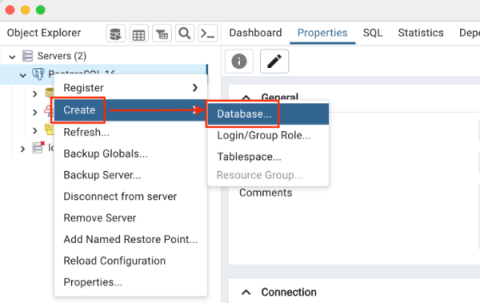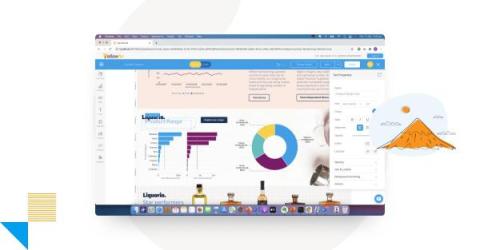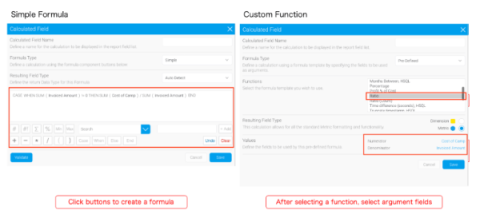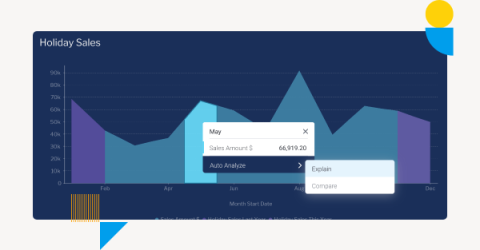Yellowfin Cool Features Part 3: Advanced Query Generation
In this blog series, Yellowfin Chief Technology Officer (CTO) Brad Scarff breaks down some of the coolest and most unique features of the Yellowfin embedded analytics suite. Advanced query generation is the use of sophisticated technologies such as artificial intelligence, machine learning and natural language to streamline complex data analysis.











